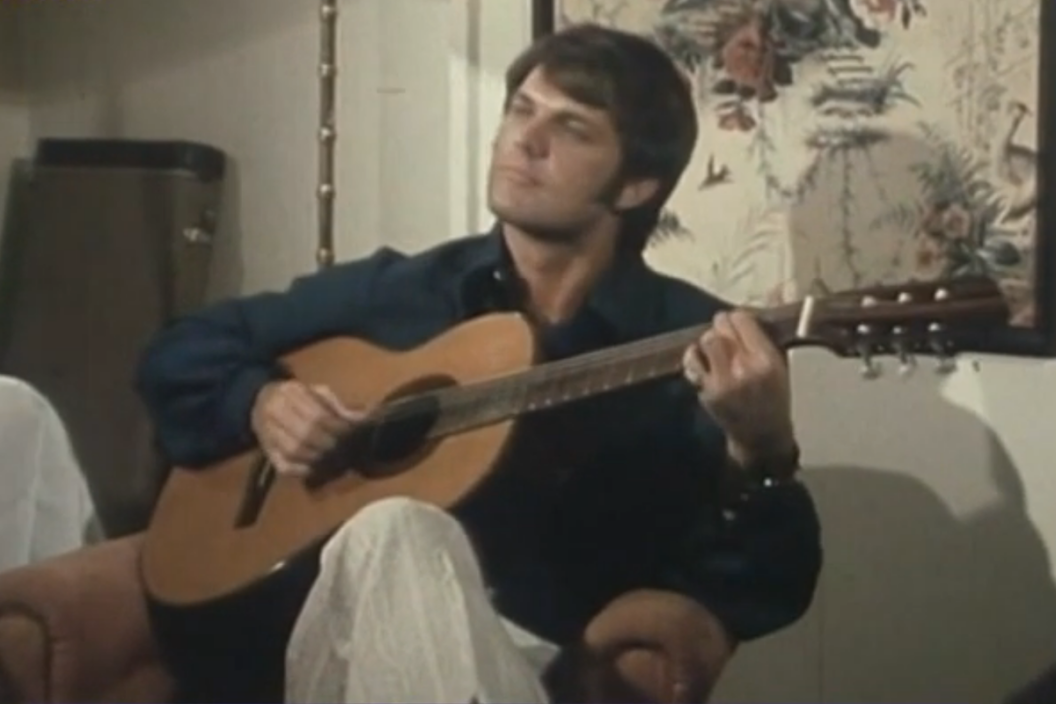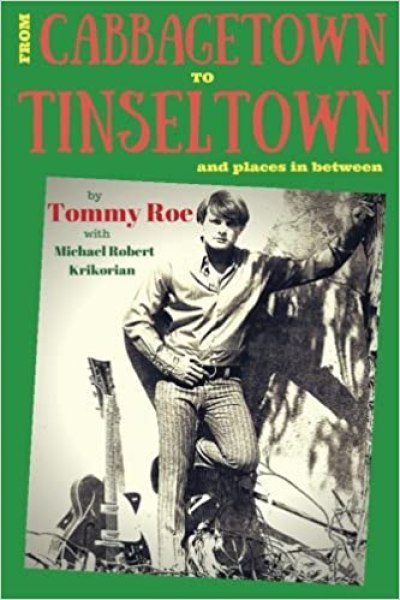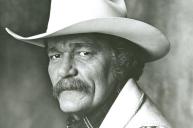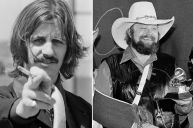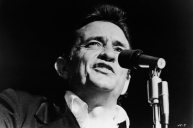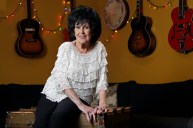Tommy Roe emerged from Atlanta's Cabbagetown neighborhood in the early '60s with a teen idol presence and the songwriting talent to help morph the changing faces of rock and pop.
Videos by Wide Open Country
His first Billboard Hot 100 hit, "Sheila," topped the charts the year Roe turned 20, yet it came from much earlier in his musical journey.
ABC-Paramount suggested a slight re-write to a poem Roe wrote about a childhood crush named Freida.
"I write about this in the book, and it's all speculation," Roe told Georgia-based music magazine Stomp and Stammer about the change. "It was pretty close after the second World War. Anything German was out of style, and Frieda was a German name."
Resistance to a German name is easy to believe because Jud Phillips, the brother of Sam Phillips and owner of influential rockabilly label Judd, allegedly praised the change to "Sheila" because "no one in the U S of A is going to buy a song about Fraulein Frieda."
"Sheila" climbed charts in the United States, United Kingdom and Australia, allowing Roe to quit his day job with General Electric. Roe's gold record also reached a more impressive list of popular songs: The Beatles' live set (as heard on Beatle bootleg Live! at the Star-Club in Hamburg, Germany; 1962).
Read More: Peggy Sue, the Woman Behind the Classic Buddy Holly Song, Dies in Texas
Roe played shows with The Beatles on both sides of the pond, and he also landed a spot on a tour of the South with African American talents Sam Cooke, Jerry Butler and the Impressions and Smokey Robinson and the Miracles.
"I had a No. 1 hit, so they were happy to have me, but that wasn't the number one reason to have a white act on your tour back in those days," Roe told Stomp and Stammer. "The black artists couldn't stop and eat at just any restaurant, and they couldn't stay in the hotels. They always had a white act on tour with them to be a runner for food and to help them navigate the South. I never will forget, they'd see a restaurant on the side of the road, and they'd park down the street. I'd walk down the street and order like 40 hamburgers. They'd always look at me real funny, like, 'Boy, are you having a big party?' I would usually say it was a fraternity thing. We were having a fraternity party. If they'd known I was ordering for a black troupe, they might not have served me, so I had to play that game."
Those burger hauls ended up being Roe's main job during the tour.
"They wanted me to sing 'Sheila,' my one hit, and that was it," Roe adds. "I'd get off stage and go get the hamburgers."
https://youtu.be/v2jG5cGSemU
As popular music evolved from part of teenage culture to an art form with fans of all ages, he stuck with a simplistic, catchy lyrical style that became known as bubblegum pop. Hits in this style include Billboard chart entries turned oldies radio staples "Sweet Pea" (1966), "Hooray For Hazel" (1966), "Dizzy" (1969), "Heather Honey" (1969), "Jack and Jill" (1969) and Freddy Weller co-write "Jam Up and Jelly Tight" (1970).
Deeper cuts of note include "The Folk Singer," which was written by country songwriter Merle Kilgore ("Ring of Fire," "Wolverton Mountain"), and a solid cover of "Stagger Lee." Country fans should give 1973's "Working Class Hero" a spin. It's unrelated to the John Lennon song of the same title and could've been a hit for the late Charley Pride.
Roe's success landed him regular appearances on Dick Clark's Where the Action Is TV show and a 1969 cameo in an episode of Green Acres.
Since his heyday as a pop-rocker, Roe married Golden Globe winner Josette Banzet, wrote an autobiography (From Cabbagetown to Tinseltown and places in between...: The autobiography of Tommy Roe) and recorded new music, including a song for a dizzying year, "2020 Vision."
Now Watch: Remembering Country Music Hall of Fame Member Kenny Rogers' Songs Through the Years
https://rumble.com/embed/u7gve.v6f8h5/
